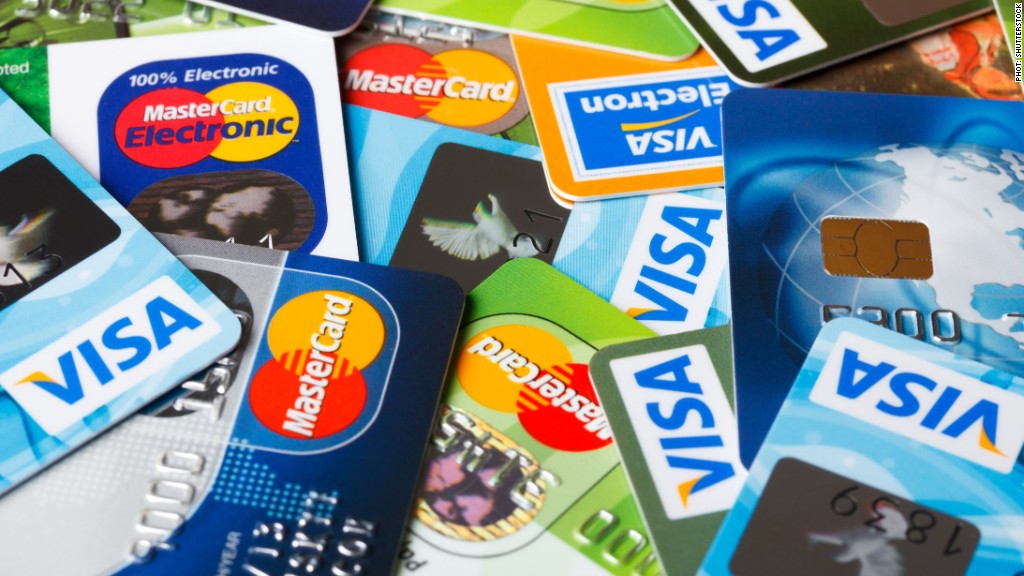
Hoping to snag a free trip by opening a travel rewards credit card?
You're not the only one. This time of year -- the cold, holiday-less winter -- and again at the start of summer are the peak times people start searching for travel credit cards.
Since 2012, these first weeks in the new year have shown at least a 50% increase in searches for travel rewards credit cards over the rest of the year, according to Value Penguin.
"And it is even higher this year," says Robert Harrow, credit card analyst at Value Penguin. "Maybe it's the colder winter, but people are evidently thinking about those getaways and saying, 'How can I hack my way to a vacation?' "
Not so fast, though.
"If you're thinking that you're going to sign up in January for a travel reward card and that you're going to fly somewhere later that month on points, that's not going to happen," says Harrow.
Travel rewards credit cards can provide tremendous benefits, says Harrow, but you need to know the costs. The cards can be a boon for users who are up for the work and costs of maximizing how far they can go, and how fast.
Here are some tips on what to look for in a travel rewards card and what you can expect to get out of it.
To fee or not to fee?
Some of the slickest travel reward credit cards out there offer glamorous perks -- access to airport lounges, free nights at hotels, hundreds of dollars in travel credits for baggage -- but they can come at a steep cost: annual fees.
The Chase Sapphire Reserve and the Citi Prestige, for example, each have $450 annual fees, while the American Express Platinum card has an annual fee of $550.
"The report just came out that most people don't have $1,000 to pay for an emergency," says Harrow. "If that is you, you can't be throwing away $450 on an annual fee for a credit card."
Here's Harrow's rule of thumb: if you spend $12,000 a year or less on your card, you should only look at cards that don't charge an annual fee.
A travel reward card with no fee, like the Discover It Miles card, the Capital One VentureOne card or the Bank of America Travel Rewards card may be better places to start.
Spend now, travel later, pay debt even later
Sign-up bonuses often come with high spending requirements that can put card-holders in a bind.
The big bonus points usually come only after new card members have spent a certain amount on the card in the first few months.
The Premium Rewards card from Bank of America offers 50,000 points after you spend $3,000 in the first three months. The Chase Sapphire Reserve offers 50,000 bonus points spending $4,000 in the first three months. For a while Citi Prestige was offering 75,000 sign-up points if you spent $7,500 in the first three months (that bonus is no longer being offered).
Sure, you've got a bucket of points. But you may also be stuck with a pile of debt from chasing those points.
More than half of people with travel rewards cards have carried a balance in the past year, according to a study by U.S. News. And because interest rates on these cards tend to be high, not paying off the balance each month can incur interest charges that may negate any savings you're earning on travel.
There's a major lag
Even if you do get the points, they won't just show up instantly.
Let's say, after considering your options and putting your spending into a credit card rewards calculator, you decide the fee is worth it. First you need to spend the required amount to earn the big pots of bonus points -- frequently three months.
"Then you need to wait for the banks to post these points," says Harrow. "They can give themselves up to eight weeks. It usually takes them closer to four weeks, but it isn't immediate."
What you put into it, you may get out of it
For those who have determined that a premium travel rewards card is worth it, there are a couple more details to consider.
There are two types of travel cards: co-branded cards -- which are tied-in with a single airline or hotel and offer points good for booking only with their brand, and non-branded cards with more open-ended points networks.
"I only recommended the co-branded cards for those who only ever go with one single brand," says Harrow.
But even the general cards are limited in how you can use them. You'll need to optimize your points, which can take an investment of time in addition to the investment of money you've already committed to.
"If you really want to get the most out of them," says Harrow, "you have to spend a lot of time on them."
If you're not inclined to do that, just go for the cash-back card and book your own flight.
